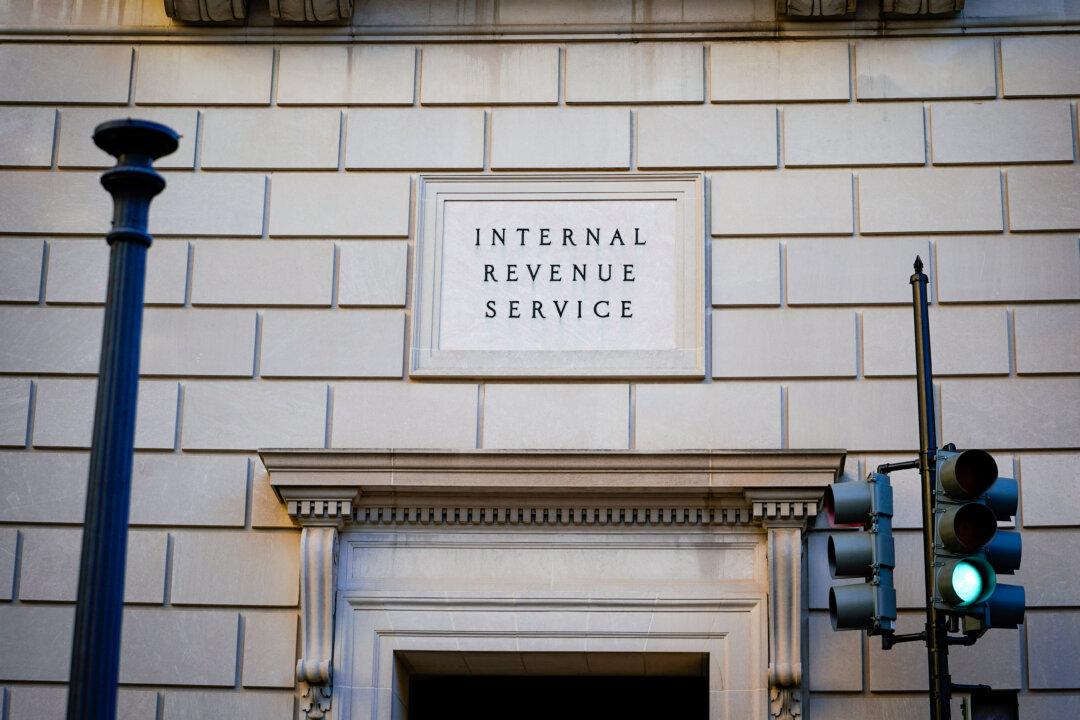The U.S. Internal Revenue Service (IRS) was unable to reduce improper payments for some of its tax credit programs to less than 10 percent in fiscal 2023, according to an audit report conducted by agency watchdog Treasury Inspector General for Tax Administration (TIGTA).
The Payment Integrity Information Act (PIIA) of 2019 requires that government agencies conduct an “improper payment” risk assessment at least once every three years for some of its programs. The act defined an improper payment as “any payment that should not have been made, was made in an incorrect amount, or was made to an ineligible recipient,” according to the May 17 TIGTA audit report.





